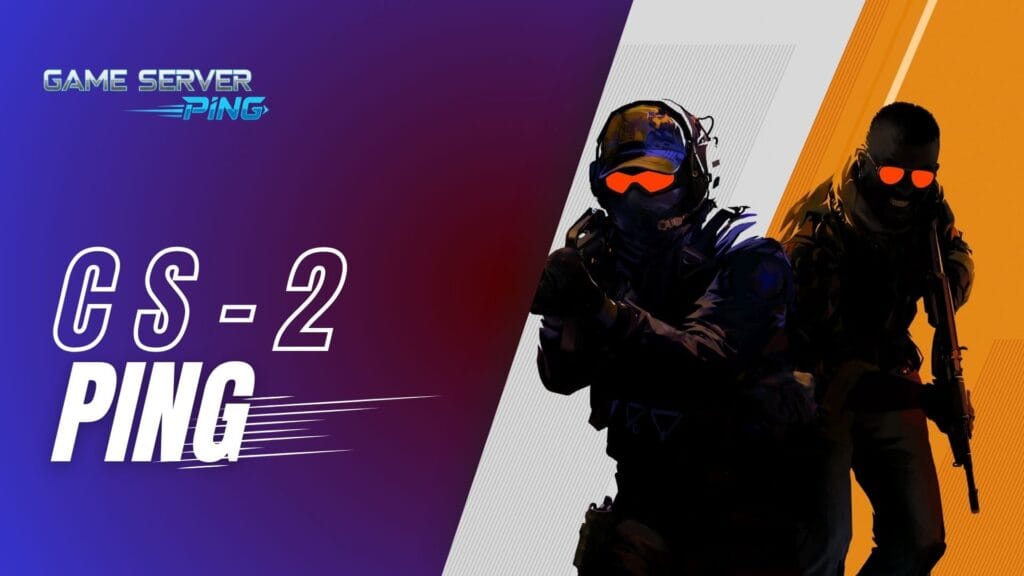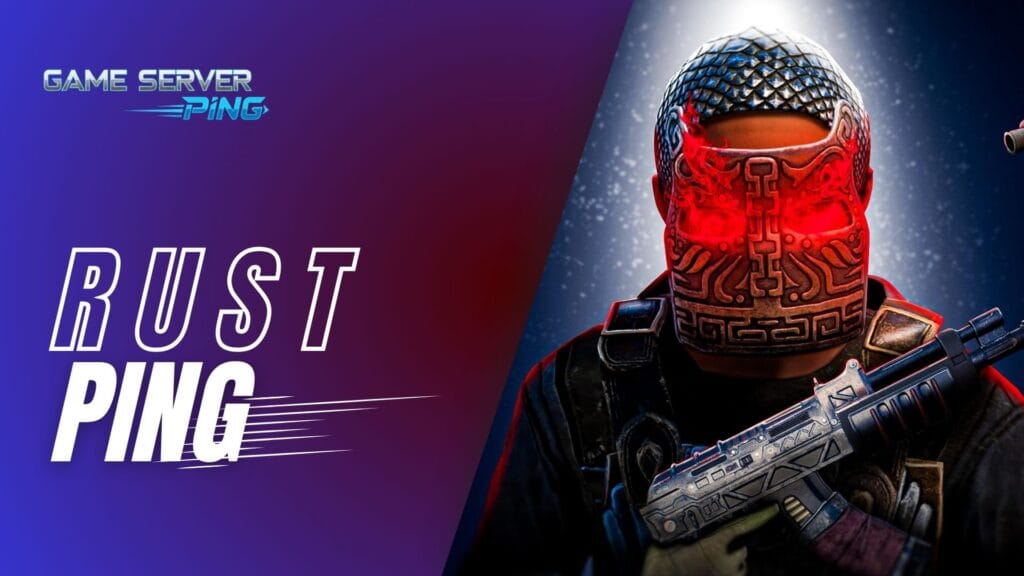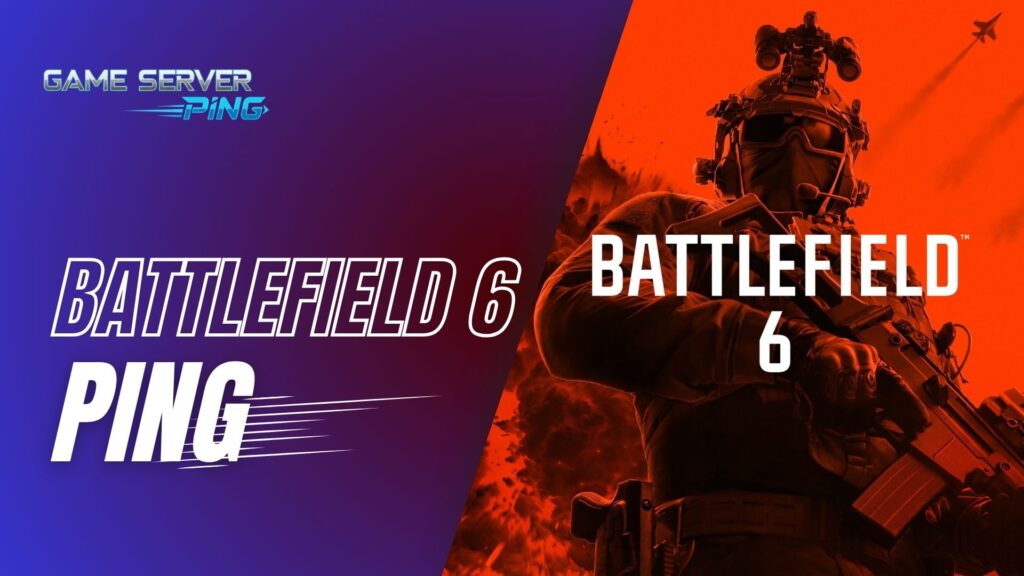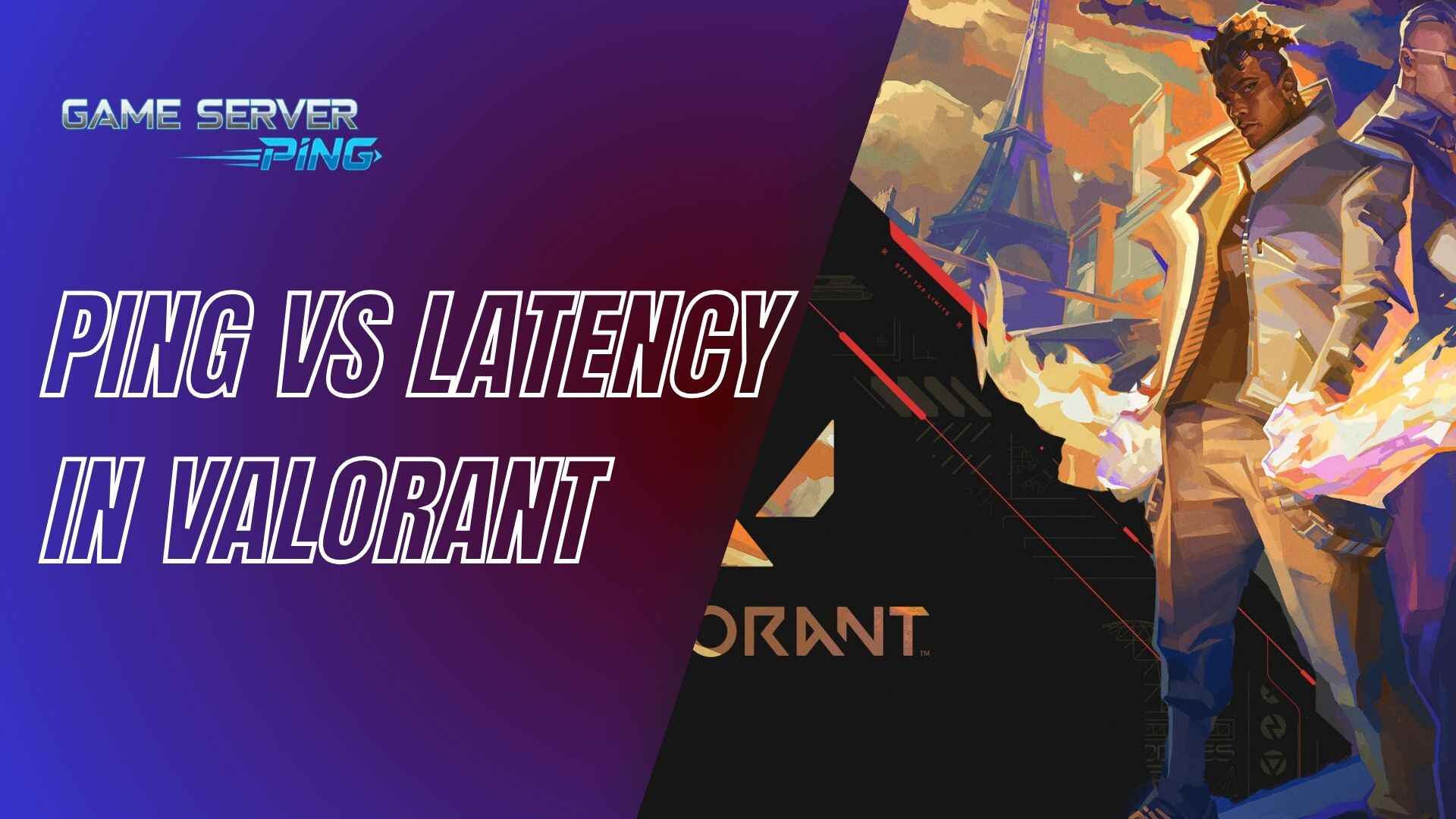Now Reading: Valorant Ping Test Live – Check 16 Servers Status
- 01
Valorant Ping Test Live – Check 16 Servers Status

Valorant Ping Test Live – Check 16 Servers Status
If you’ve ever been mid-clutch in Valorant, only to miss your shot because your crosshair teleported two inches to the left, you already know how much ping can ruin a game. For those who aren’t familiar, ping basically means “how fast you can talk to that server.” It’s the time it takes for your command (like firing a bullet or moving) to travel to Riot’s servers and back.
As someone who grinds ranked almost daily, I’ve been through every kind of Valorant ping issue you can imagine: random ping spikes, stable low ping but network problems, and even the dreaded “Valorant down” moments where nothing works. I’ve tested different methods, tools, and server checks, and in this guide, I’ll share everything I’ve learned to help you fix your ping issues and get smoother gameplay.
This article covers:
- How to check Valorant ping properly
- The difference between server issues vs. your own connection problems
- Tools like Valorant real-time ping checkers
- Fixes for ping spikes and high latency
- And what’s actually considered a good ping for Valorant
Check Valorant Ping Test Live
Valorant Server Ping Test
Use this free Valorant Ping Test tool to check your latency to official servers across regions including North America, Europe, Asia, South America, Middle East, and Oceania. See live ping, average latency, and jitter to find the best server for smooth gameplay.
 EU North (Stockholm)
EU North (Stockholm) EU West (Paris)
EU West (Paris) EU West (Dublin)
EU West (Dublin) EU Central (Frankfurt)
EU Central (Frankfurt) NA East (Virginia / Ashburn)
NA East (Virginia / Ashburn) NA Central (Chicago)
NA Central (Chicago) NA West (San Jose)
NA West (San Jose) NA Northwest (Portland)
NA Northwest (Portland) South America (São Paulo)
South America (São Paulo) Asia West (Tokyo)
Asia West (Tokyo) Asia North (Seoul)
Asia North (Seoul) India (Mumbai)
India (Mumbai) Asia East (Hong Kong)
Asia East (Hong Kong) SEA (Singapore)
SEA (Singapore) Oceania (Sydney)
Oceania (Sydney) Middle East (Bahrain)
Middle East (Bahrain)
What is a Valorant Ping Test?
A Valorant Ping Test is basically a way to measure how quickly your computer can send data to Riot’s servers and receive a response. In simple terms: if your ping is 20ms, it means it takes 20 milliseconds for your actions to reach the server and bounce back.
The lower the ping, the faster your shots register, your peeks feel crisp, and your overall gameplay feels smooth. But when ping is high (say, 80ms or 120ms), you’ll feel delays in shooting, moving, and even seeing enemies — and that’s when tilt kicks in.
SEO cluster keywords: Valorant ping test, ping check, latency in Valorant, low ping vs high ping
Difference Between Valorant Ping Check and Real-Time Ping Checker
A Valorant Ping Check usually refers to checking your ping inside the game itself. Riot makes it easy — you can press Ctrl + Shift + Esc (on Windows) or enable network stats in the settings to see your ping in real-time during a match.
But a real-time Valorant ping checker is different. These are third-party tools or online game ping tests that let you test your connection to Riot’s servers before you even launch the game. This helps you know if the problem is with Riot’s servers or with your own internet connection.
Valorant Servers and Status Checks
How to Perform a Valorant Server Status Check
One of the first things I do when Valorant feels laggy is check if the servers themselves are having issues. Riot provides an official Valorant server status page, where you can see if there are outages, maintenance, or technical hiccups.
To perform a Valorant server status check, simply:
- Go to Riot’s official Service Status website.
- Select your region (Asia, EU, NA, etc.).
- Look for updates under “Valorant.”
If it says “All Systems Operational” but you’re still lagging, then the problem is on your end (your internet, your router, or your ISP).
Are Valorant Servers Down? How to Find Out Instantly
We’ve all had that moment: you launch Valorant, but the game won’t connect, or your ping spikes across every server. Before you start blaming your Wi-Fi, it’s worth checking if Valorant servers are down.
Besides Riot’s official page, I usually check:
- DownDetector (a crowd-sourced site where players report outages)
- Twitter/X (@PlayVALORANT) for real-time announcements
- Reddit (Valorant subreddit blows up when servers die)
If thousands of players are spamming “Valorant down” online, chances are it’s not just you. In that case, all you can do is wait for Riot to fix it.
Common Valorant Ping Problems
Why is My Ping So High in Valorant?
This is the most common question every player asks. A high ping in Valorant can be caused by:
- Being connected to a server far from your location
- ISP routing issues (your internet provider taking a “long road” to Riot’s servers)
- Too many devices sharing your Wi-Fi
- Running background downloads (Steam updates, Windows updates, Netflix streaming)
I once played ranked with my ping locked at 120ms, only to realize my little brother was downloading Warzone in the background. Lesson learned: always check what’s hogging your bandwidth.
Valorant Network Problem but Low Ping: What It Really Means
Sometimes, you’ll see low ping (like 20ms) but still face packet loss, rubber-banding, or stutters. This usually happens when your connection to the server is unstable, even though it’s “fast.”
Think of it like this: your messages reach the server quickly (low ping), but they arrive “damaged” (packet loss). That’s why Valorant shows “Network Problem” warnings even with low ping.
I solved this by switching from Wi-Fi to Ethernet — trust me, a simple cable can save you countless headaches.
Ping Spikes in Valorant: Causes and Solutions
Ping spikes in Valorant are the most tilting problem. One second you’re fine at 30ms, the next second you’re teleporting across the map at 200ms.
Common causes of ping spikes:
- ISP routing issues (temporary spikes in traffic)
- Wi-Fi interference (microwave, Bluetooth, or weak signal)
- Background apps stealing bandwidth
- Outdated router firmware
Solutions that helped me:
- Closed background apps (especially Discord screen share and Chrome tabs)
- Restarted my router regularly
- Switched to a 5GHz Wi-Fi band or wired Ethernet
- Contacted my ISP to fix routing issues
After I did this, my ping spikes dropped dramatically.
Factors Affecting Valorant Ping
Does Server Location Affect Valorant Ping?
Yes — and massively. Server location is the #1 factor in Valorant ping. If you’re in Pakistan and accidentally connect to a European server instead of an Asian one, your ping can jump from 30ms to 120ms instantly.
I made this mistake once when I queued with friends in a different region. Everything felt off — delayed peeks, shots registering late, and random desync. As soon as I switched back to my closest server region, my ping dropped, and my gameplay felt smoother.
Pro tip: Always select the closest Riot server manually in the lobby. Don’t leave it to auto — it doesn’t always pick the best one.
The Role of Your Internet Provider in Ping Stability
Your ISP (Internet Service Provider) isn’t just about speed — it’s also about routing. Some providers take “shortcuts” to game servers, while others take the “scenic route,” adding unnecessary latency.
I used to have two ISPs at home. One gave me 30ms ping to Singapore servers, while the other sat at a constant 70ms. Same PC, same router — only difference was the ISP’s routing.
If your ISP consistently gives you high ping in Valorant, consider:
- Asking if they offer a “gaming plan” or optimized routing
- Switching to a provider known for stable gaming connections
- Using a gaming VPN (though results vary)
Hardware and System Performance Impact on Ping
Believe it or not, your PC can also affect ping stability. While ping is mostly a network issue, a weak CPU or background processes can cause stutters that feel like high ping.
For example, my older laptop used to struggle with Valorant + Discord + Chrome running at the same time. Even though my ping was showing 25ms, the game felt laggy due to system overload.
Fixes I applied:
- Disabled background processes in Task Manager
- Set Valorant to “High Priority” in Windows settings
- Upgraded my RAM (helped massively with stability)
So, sometimes what feels like Valorant ping spikes is actually your PC choking.
Optimizing Your Valorant Ping
Quick Fixes for High Ping in Valorant
When my ping shoots up in Valorant, I usually run through a quick checklist before queueing:
- Restart router and modem – A classic move, but it clears temporary routing issues.
- Switch to Ethernet – Playing on Wi-Fi is like asking for trouble. A simple cable brought my ping down by 20ms instantly.
- Close background apps – No YouTube, Netflix, or random Chrome tabs hogging bandwidth.
- Reboot the PC – Sometimes Windows processes get messy. Restarting refreshes everything.
These steps alone fix 90% of Valorant ping issues I’ve faced.
Reducing Ping Spikes in Valorant with Network Settings
For me, the most annoying issue wasn’t always high ping — it was ping spikes. To fix those, I dug into my network settings:
- Disabled background syncing (OneDrive, Google Drive, Dropbox)
- Turned off Windows auto-updates while gaming
- Adjusted router QoS settings so Valorant traffic always gets priority
- Switched DNS to Google (8.8.8.8 / 8.8.4.4) — this surprisingly stabilized my connection
After these tweaks, my spikes went from 200ms drops to a steady 25–30ms every match.
Gaming VPNs: Can They Improve Valorant Ping?
Here’s the controversial one: VPNs. Sometimes, using a gaming VPN can actually lower ping by routing your traffic more efficiently to Riot’s servers.
For me, it worked when my ISP was messing up routes to Singapore servers. With a VPN, I cut 30ms off my ping instantly.
⚠️ But — it’s not always reliable. Sometimes VPNs add more latency. If you try this:
- Pick a VPN server close to Riot’s servers
- Choose a reputable low-latency VPN provider
- Test both with and without VPN before committing
What’s a Good Ping for Valorant?
Defining Low, Medium, and High Ping Ranges
Every Valorant player asks: “What’s a good ping?” Here’s the general breakdown:
- 0–30ms (Excellent): Feels buttery smooth, instant response.
- 30–60ms (Good): Still competitive, barely noticeable delay.
- 60–100ms (Playable): Doable, but you’ll feel slight delays in gunfights.
- 100ms+ (Bad): Frustrating, shots desync, peeks feel delayed.
I personally aim for below 40ms, since that’s the sweet spot where every shot feels crisp.
Competitive Gaming Standards for Ping in Valorant
In competitive Valorant, low ping is everything. Pro players almost always play on 10–20ms because they’re on dedicated setups close to Riot servers.
Even 50ms can feel sluggish when you’re at a pro level. That’s why Riot tries to place players on the lowest ping servers available in ranked.
SEO cluster keywords: competitive ping Valorant, pro player ping, Valorant esports ping, best ping settings
Conclusion
Playing Valorant with unstable ping is one of the most frustrating experiences for any gamer. From high ping that delays your shots, to ping spikes that teleport you across the map, to those dreaded “Valorant down” nights — I’ve been through it all.
The good news? Most issues can be solved. By running regular Valorant ping tests, optimizing your network and router settings, and staying aware of server status, you can drastically improve your gaming experience.
At the end of the day, a good Valorant ping is usually below 40ms, but what really matters is stability. Even 60ms steady ping feels better than a jumpy 20–200ms rollercoaster.
If you follow the fixes and preventive steps I shared from my own grind, you’ll spend less time raging at lag — and more time hitting those crisp headshots.
How often should I run a Valorant Ping Test?
Run quick ping tests before each gaming session to verify current performance, comprehensive weekly tests to identify trends, and immediate tests when experiencing gameplay issues. During competitive seasons, daily testing helps maintain consistent performance levels.
Can I play Valorant on Wi-Fi without ping issues?
Wi-Fi can work for casual play, but competitive gaming benefits significantly from wired connections. If Wi-Fi is necessary, use 5GHz band, position yourself close to the router, minimize interference, and consider Wi-Fi 6 equipment for optimal performance.
Is packet loss the same as high ping?
No. Ping measures response time while packet loss indicates data that fails to reach its destination. You can have low ping with high packet loss, causing stuttering and hit registration issues despite good latency numbers.
Why is my Valorant ping different at night compared to daytime?
Evening gaming sessions often coincide with peak internet usage in your area, creating network congestion that increases ping. ISPs may also implement traffic management during peak hours, affecting gaming performance differently than general browsing.
Can upgrading my internet plan guarantee lower ping?
Higher bandwidth doesn’t directly reduce ping, but premium plans often include better routing, priority support, and infrastructure access that can improve latency. Gaming-specific ISP plans sometimes offer optimized routing to gaming servers.
Do wireless headsets or peripherals affect ping in Valorant?
Wireless peripherals don’t directly affect ping, but they can create system resource competition and potential interference that impacts overall system performance. USB wireless receivers may also compete for system resources with network adapters.
How do I check if my router firmware is causing ping spikes?
Monitor ping before and after router firmware updates, check router logs for error patterns during spike occurrences, and consider reverting to previous firmware versions if spikes correlate with recent updates. Router overheating can also cause similar symptoms.
Is Valorant ping the same on PC and console?
Valorant is currently PC-only, but when comparing similar games across platforms, console versions often have additional networking layers that can affect ping. PC versions typically provide more network optimization control and generally achieve lower latency.













